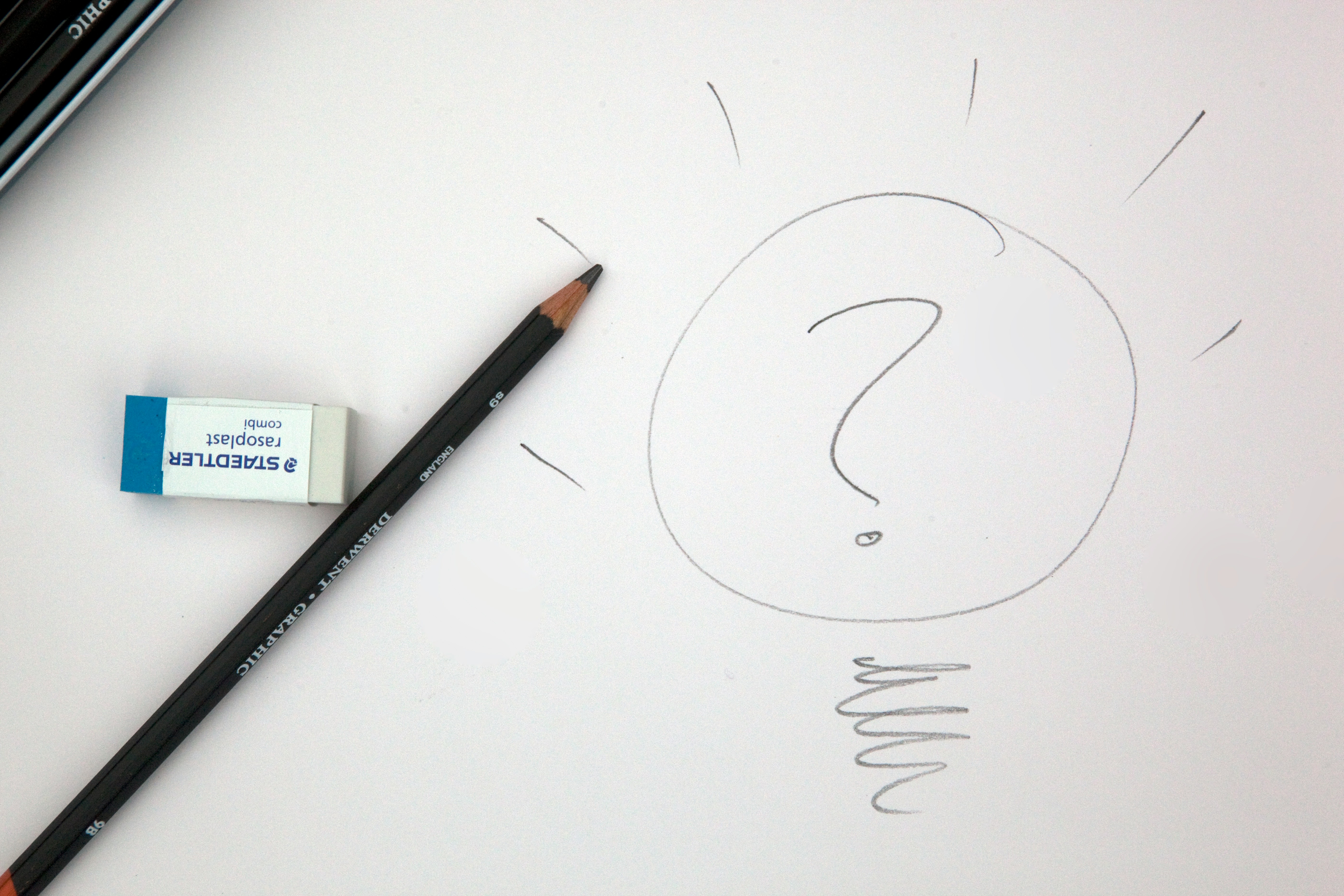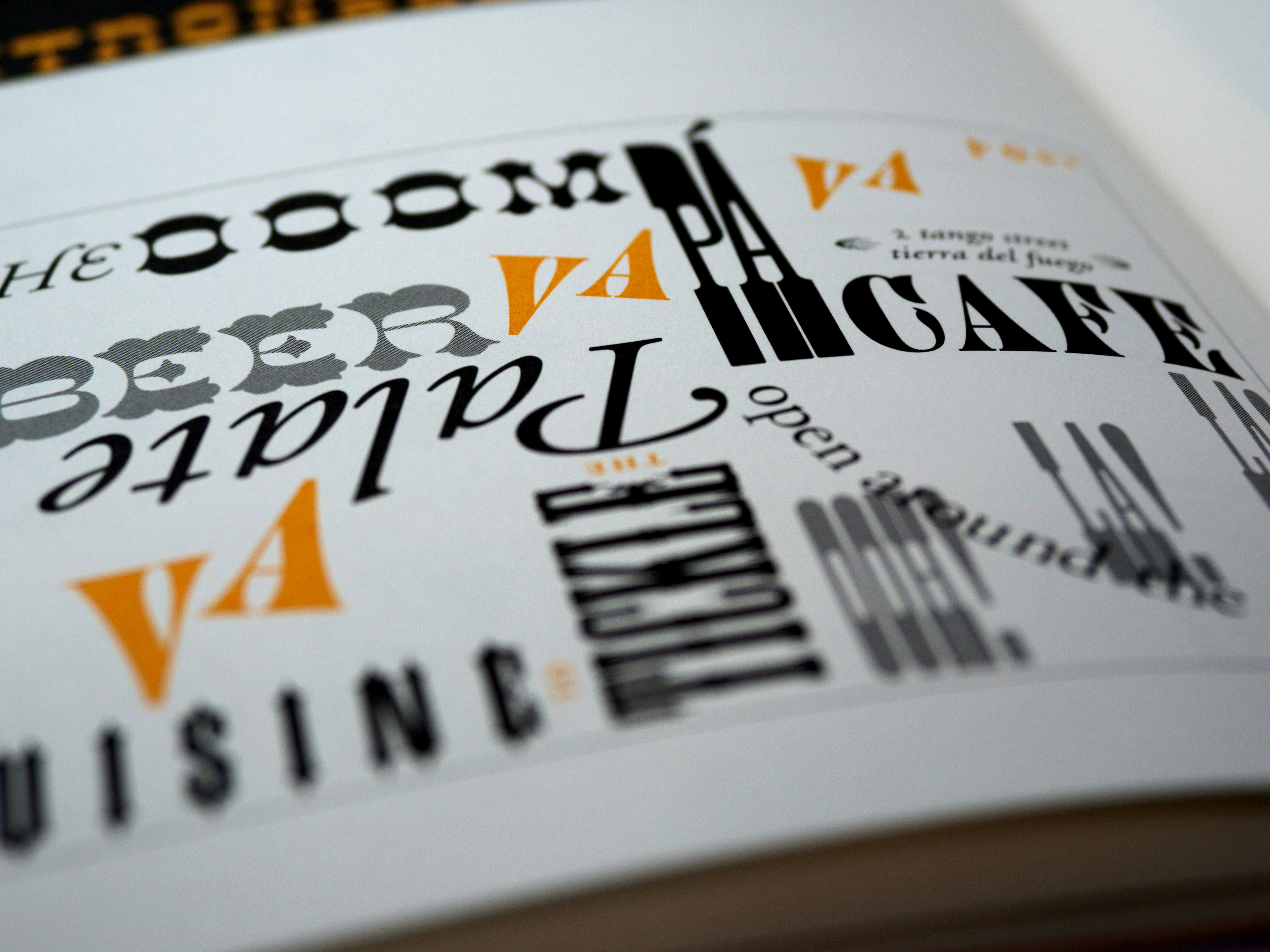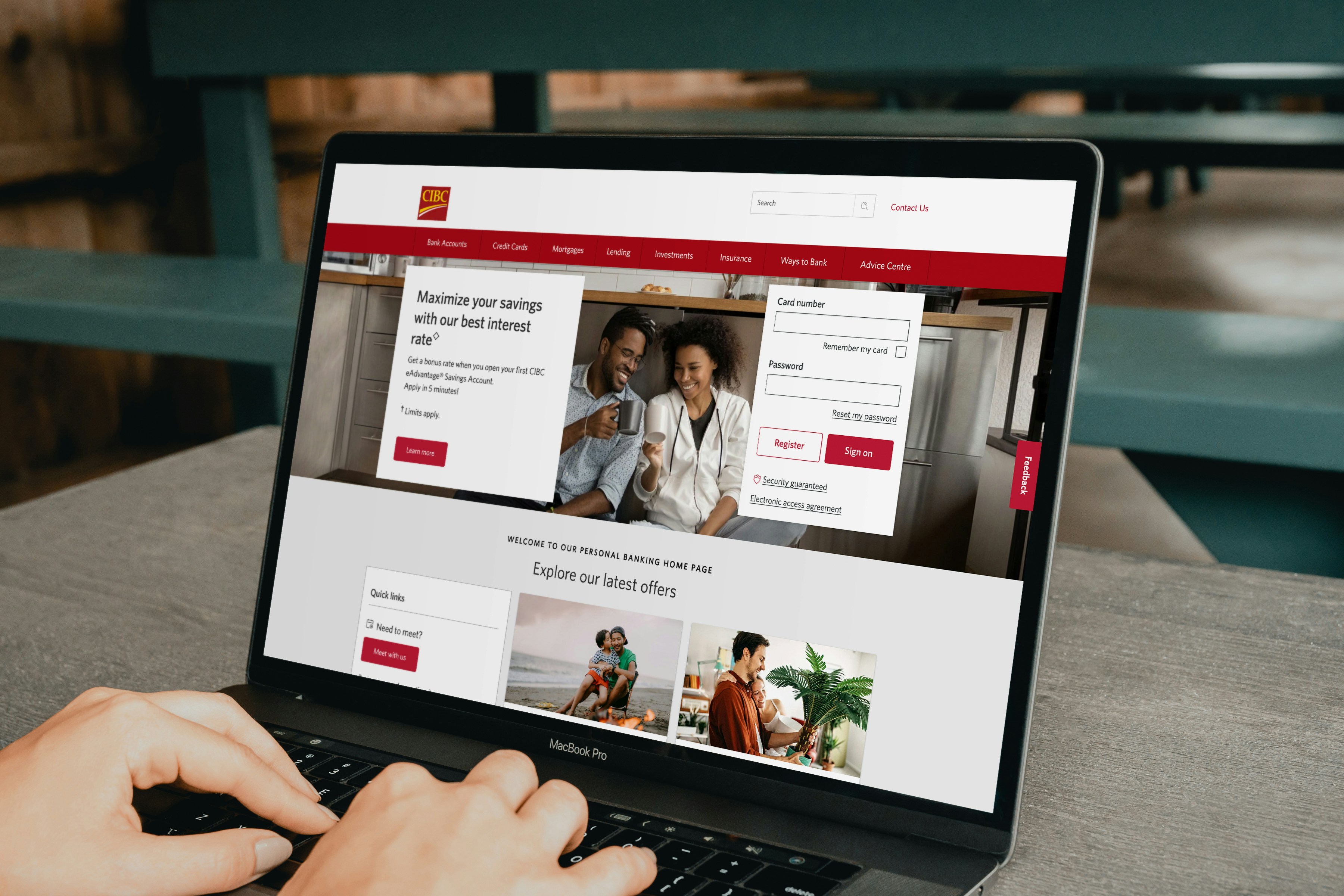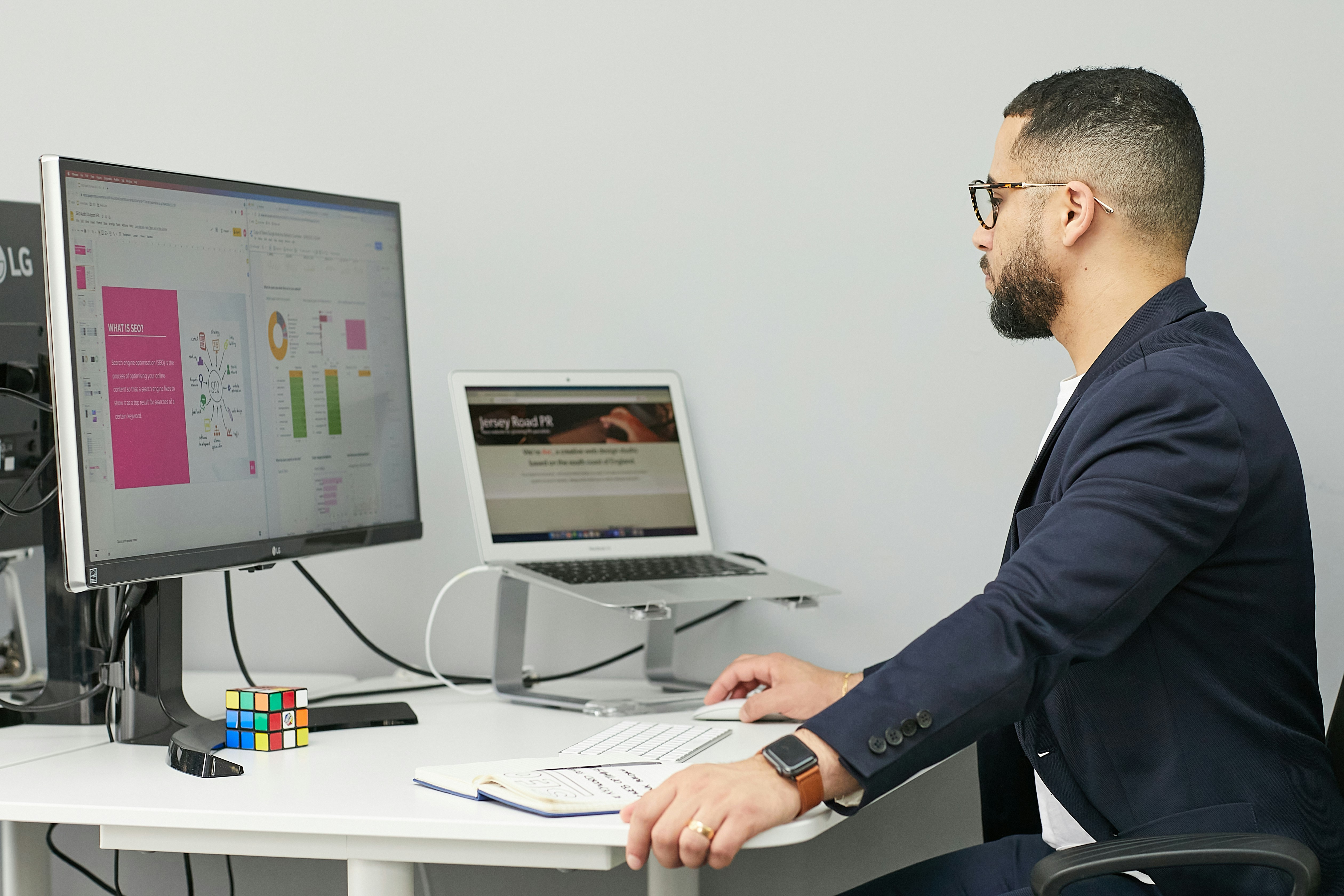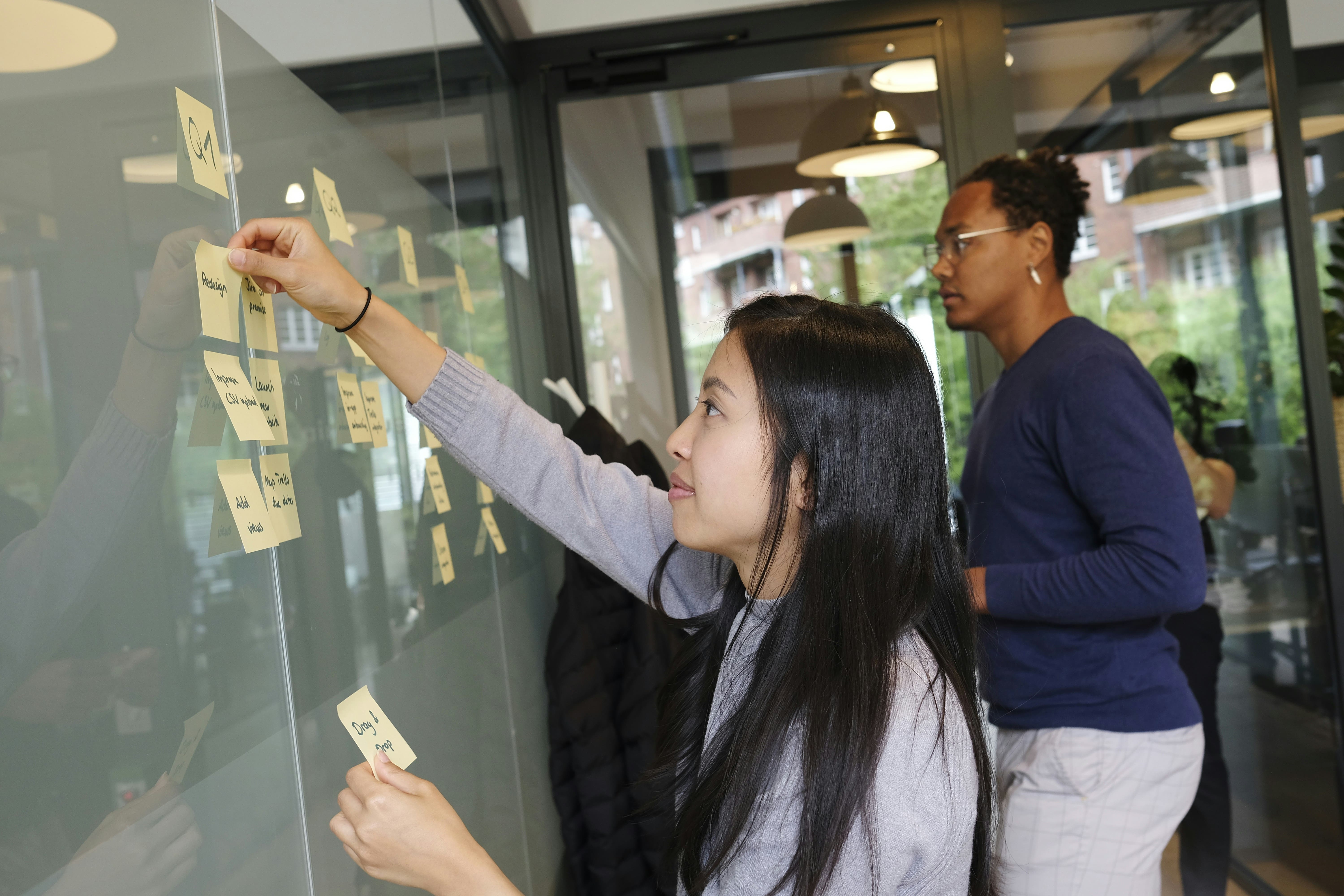Trust Step by Step: How New Visitors Feel Safe on Your Website
A visitor who lands on your website for the first time forms an opinion within seconds. The impression they get in that brief moment determines whether they stay and explore or leave immediately. Trust isn’t something that happens by chance — it’s something you build intentionally. Every detail on your website contributes to a sense of safety and reliability, from the very first impression to the final click.
A First Impression That Radiates Calm and Confidence
The technical foundation of your website is the base on which trust is built. When a page loads quickly, runs smoothly, and shows no errors, it immediately feels reliable. A seamless user experience creates calm and signals that everything is in order. It’s the same as walking into a well-kept store where everything looks organized — you instantly feel comfortable. Online, that same feeling comes from a secure website with a visible SSL certificate, clear navigation, and a modern, professional design that assures visitors they’re in the right place.
A Clear Message That Sets the Direction
Visitors want to understand right away what your business does and how it can help them. A clear headline at the top of your homepage that captures your main promise is essential. Combine that with strong visuals that support your message, and within seconds, the visitor knows what you’re about. People want to feel understood, and transparent communication creates that connection. When your message is straightforward and focused, visitors trust you more and are encouraged to explore further or get in touch.
Social Proof That Strengthens Credibility
Trust isn’t built only with words — it’s reinforced by proof. Showing that others already trust you makes it easier for new visitors to do the same. Testimonials, client logos, and case studies demonstrate that your organization delivers on its promises. Even small touches, like stating “Trusted by over 500 clients,” can have a big impact. Human psychology favors recommendations from others, and that social validation works just as effectively online. A short client quote can often be more convincing than an entire paragraph of marketing copy.
Showing the People Behind the Brand
People connect with people, not faceless websites. Let visitors see who you are. Show your face, your team, and your story. A photo from a workday, a personal introduction, or a short video explaining your mission helps humanize your brand. Your tone of voice also plays a key role. Whether you write in a friendly or professional tone, consistency matters most. A recognizable writing style helps visitors feel comfortable and reassured that there are real, passionate people behind your business.
Transparency in How You Work
Uncertainty is the enemy of trust. New visitors want to know what to expect. By clearly explaining how you work, what steps clients go through, and what your pricing looks like, you remove barriers and hesitation. Simplify your processes, provide clarity on delivery times or fees, and be open about what’s included — and what’s not. Transparency builds credibility, and credibility builds trust.
Small Details That Make a Big Difference
A trustworthy impression often lies in the little things. A smooth contact form, a confirmation email that arrives right away, and a thank-you page that explains the next step all show care and attention. Adding a short, friendly message like “Thanks for your request — we’ll be in touch soon” makes the experience more human. These subtle touches create a sense of warmth and assurance that visitors are in good hands.
Trust as an Ongoing Experience
Trust doesn’t end with the first click. It grows over time through consistency, reliability, and genuine communication. Deliver on your promises, respond quickly to questions, and be honest when things don’t go as planned. Show appreciation to your customers and follow up with small gestures that show you care. True reliability develops gradually — by staying engaged and proving time and again that you value the relationship more than just the transaction.




